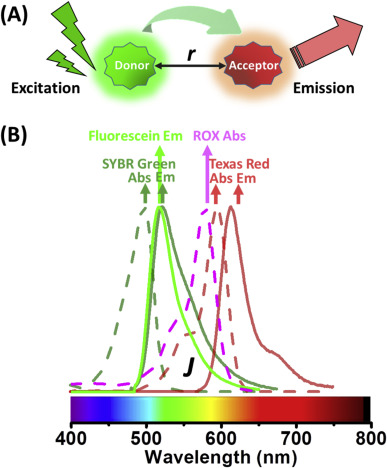Advances in oligonucleotide-based detection coupled with fluorescence resonance energy transfer
- murali435
- May 27, 2021
- 1 min read
Given its unique optical properties, the Förster Resonance Energy Transfer (FRET) process that couples donor- and acceptor-fluorophores has been extensively applied to analyze a variety of substances. Moreover, the exploitation of nanomaterials has injected fresh energy into FRET development in recent decades. The present study provides an overview of state-of-the-art technology being used in oligonucleotide-based assays with output displays in relation to the FRET process. Specifically, published investigations conducted over the last decade are reviewed. Two aspects of analytes, nucleic acids and nonnucleic acids, are discussed separately; for each, we focus on six principal materials of the donor and acceptor and summarize their absorption and emission properties. The number of articles in each category is also considered to highlight trends in FRET development. Appreciable attention is paid to detailing the recognition mechanism that uses oligonucleotides and the FRET process between donor and acceptor. Sensing performance in existing studies is summarized as well. Finally, three developments in perspective are highlighted, revealing the superior and cost-effective control of FRET efficiency with respect to practical assays.

https://www.sciencedirect.com/science/article/pii/S0165993619304893




Comments